All Science
- Global warming imperils half of North America's bird species, says Audubon report
A report by the National Audubon Society says that the habitats for more than half of North America's 588 bird species will shrink significantly or move to an entirely new location.
 Continents of ice? Evidence that Jupiter's moon Europa could be like Earth.
Continents of ice? Evidence that Jupiter's moon Europa could be like Earth.Scientists have long thought that tectonics could be responsible for surface features on Jupiter's icy moon Europa. Now, they have a crucial piece of evidence.
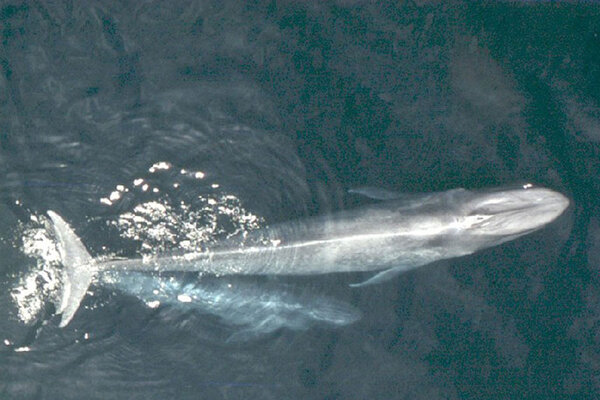 Once on brink of extinction, West Coast blue whales stage a comeback
Once on brink of extinction, West Coast blue whales stage a comebackOnce nearly driven out of existence by whalers, the Earth's largest animals have rebounded to about 97 percent of historical levels, say scientists.
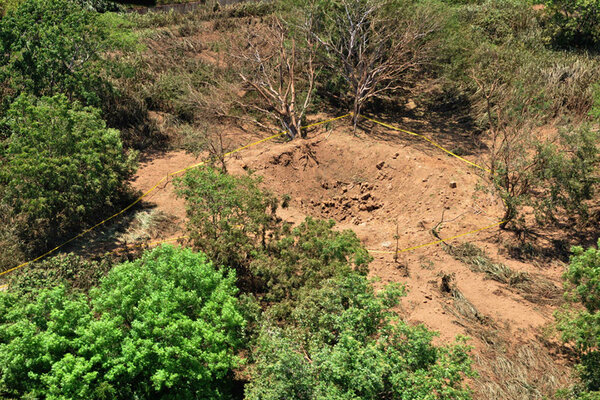 Meteorite strike leaves crater near Nicaraguan airport
Meteorite strike leaves crater near Nicaraguan airportGovernment spokeswoman Rosario Murillo said a committee formed by the government to study the event determined it was a 'relatively small' meteorite that 'appears to have come off an asteroid that was passing close to Earth.'
- Rising Monday night, a Harvest Supermoon
The Harvest Moon this year brings with it something special: it comes during the moon's apogee, the point at which it is at the point in its orbit closest to the Earth.
 Blue whales rebound after near extinction, study finds
Blue whales rebound after near extinction, study findsAnti-whaling campaigns and conservation efforts have lead to the near total reestablishment of blue whale populations in the easter Pacific Oceans, according to a University of Washington study.
 Whaling ban seen as restoring blue whales in northeast Pacific
Whaling ban seen as restoring blue whales in northeast PacificThe population of blue whales off the US West Coast has rebounded to about 2,200, or 97 percent of their levels at the beginning of the 20th century, researchers estimate.
 Where will Europe's ExoMars rover land? Scientists can't decide.
Where will Europe's ExoMars rover land? Scientists can't decide.The European Space Agency has narrowed down the landing sites for its ExoMars rover to four. But a recent paper highlights the difficulties they will face in making the final call.
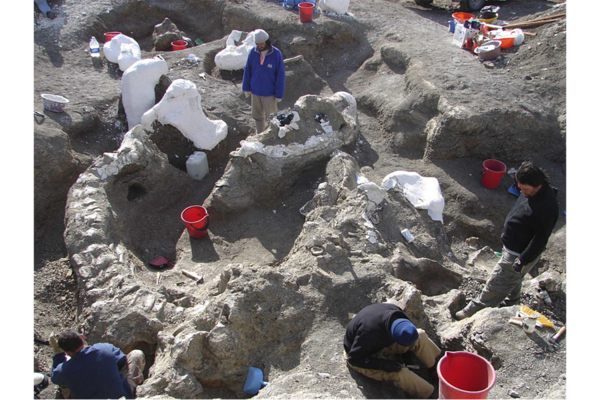 New dinosaur skeleton: Was it the biggest ever?
New dinosaur skeleton: Was it the biggest ever?Researchers suspect that the 65-ton Dreadnoughtus, a humongous herbivore uncovered in Argentina, drowned in a flood some 77 million years ago.
 Coffee study reveals the genetics of java
Coffee study reveals the genetics of javaWith the coffee genome sequence in hand, researchers now plan to develop new and better varieties of one of the world's most craved beverages.
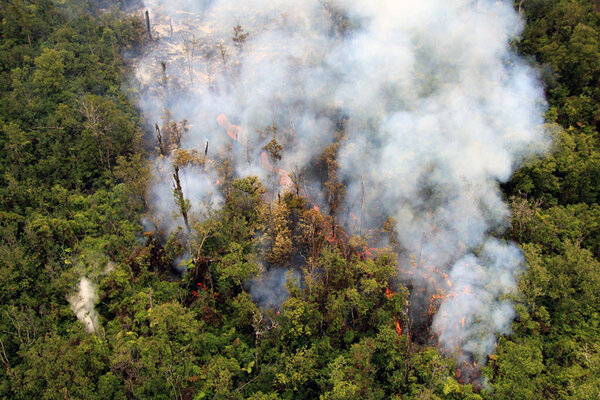 Watchful eyes on Hawaii's Big Island as lava approaches homes
Watchful eyes on Hawaii's Big Island as lava approaches homesSome area residents are preparing for possible evacuation after the island's mayor declared a state of emergency.
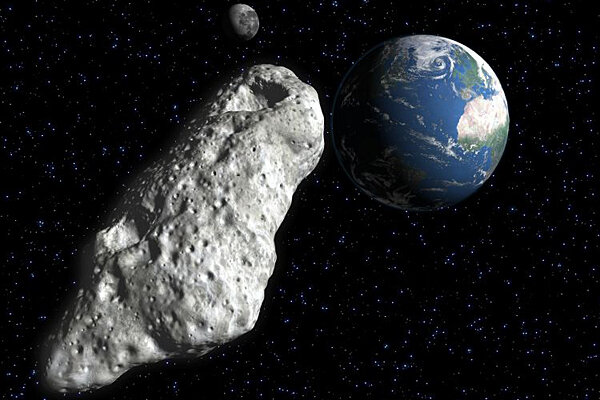 Asteroid: Earth will get buzzed by an asteroid on Sunday
Asteroid: Earth will get buzzed by an asteroid on SundayAsteroid 2014 RC will pass within 22,000 miles of New Zealand at 2:18 on Sunday, coming closer than geosynchronous and weather satellites orbiting Earth.
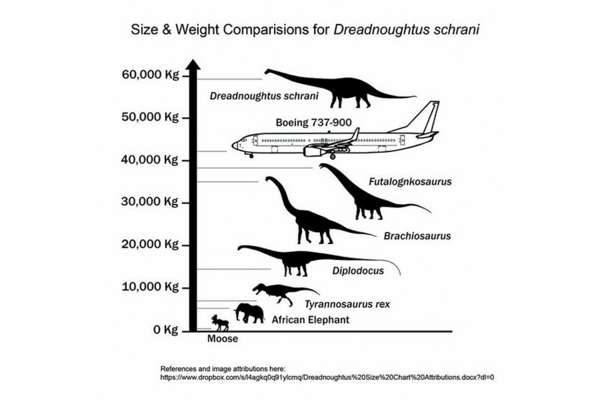 Dreadnoughtus dinosaur: 65 tons and was likely still in its youth
Dreadnoughtus dinosaur: 65 tons and was likely still in its youthResearchers were able to uncover nearly 70 percent of the bones in Dreadnoughtus's body, making it the most complete fossil to date of a super-massive dinosaur.
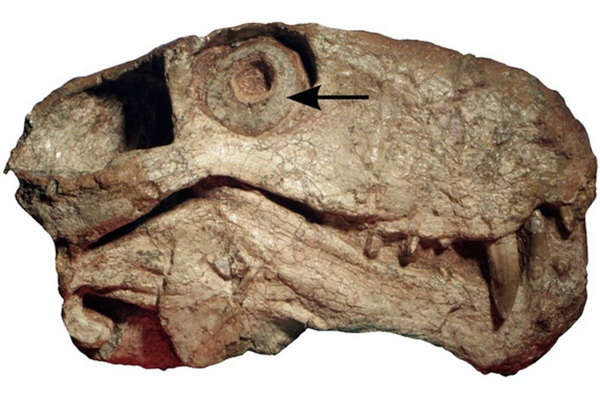 Before the rise of mammals, a nocturnal ancestor
Before the rise of mammals, a nocturnal ancestorResearchers suspect that, more than 300 million years ago, a species of synapsid, a group that includes mammals and their extinct relatives, was active during nighttime.
 Ptooey! Sharpshooter fish hunts by spitting, say researchers.
Ptooey! Sharpshooter fish hunts by spitting, say researchers.Native to Asia, the zebra-striped archerfish targets its prey with jets of water, making it one of the few fish known to use tools.
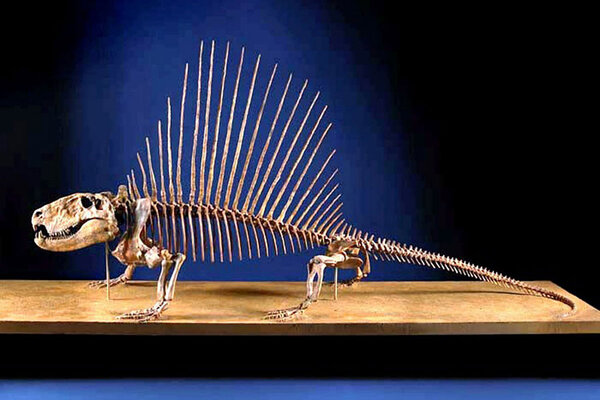 When did our ancestors' night vision evolve? Fossil discovery offers clues.
When did our ancestors' night vision evolve? Fossil discovery offers clues.In a study released Wednesday, scientists found that a synapsid species from 300 million years ago may have had eyes best suited for the dark.
 Could Japan start legally hunting whales again?
Could Japan start legally hunting whales again?The Japanese government is seeking to resume legally hunting minke whales in the Antarctic Ocean in 2015, following a UN ban in March on the country's whaling program.
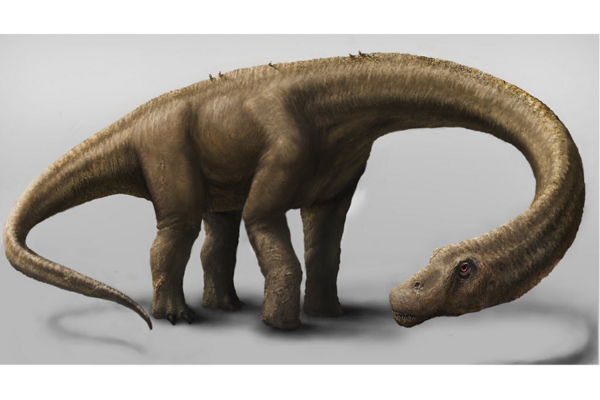 Ancient dinosaur weighed as much as an airliner, ate plants
Ancient dinosaur weighed as much as an airliner, ate plantsWeighing about 65 tons, Dreadnoughtus roamed what is now Argentina some 75 million years ago.
- Map of 'cosmic web' reveals our galactic neighborhood
A new map of our region of the universe reveals that our galaxy is located in a vast supercluster of galaxies, which astronomers have dubbed 'Laniakea.'
 This old supercluster: Scientists measure the (massive) place we call home
This old supercluster: Scientists measure the (massive) place we call homeEver heard of Laniakea? Well, it's a supercluster of 100,000 galaxies including the Milky Way, and scientists just took a tape measure to it for the first time.



















